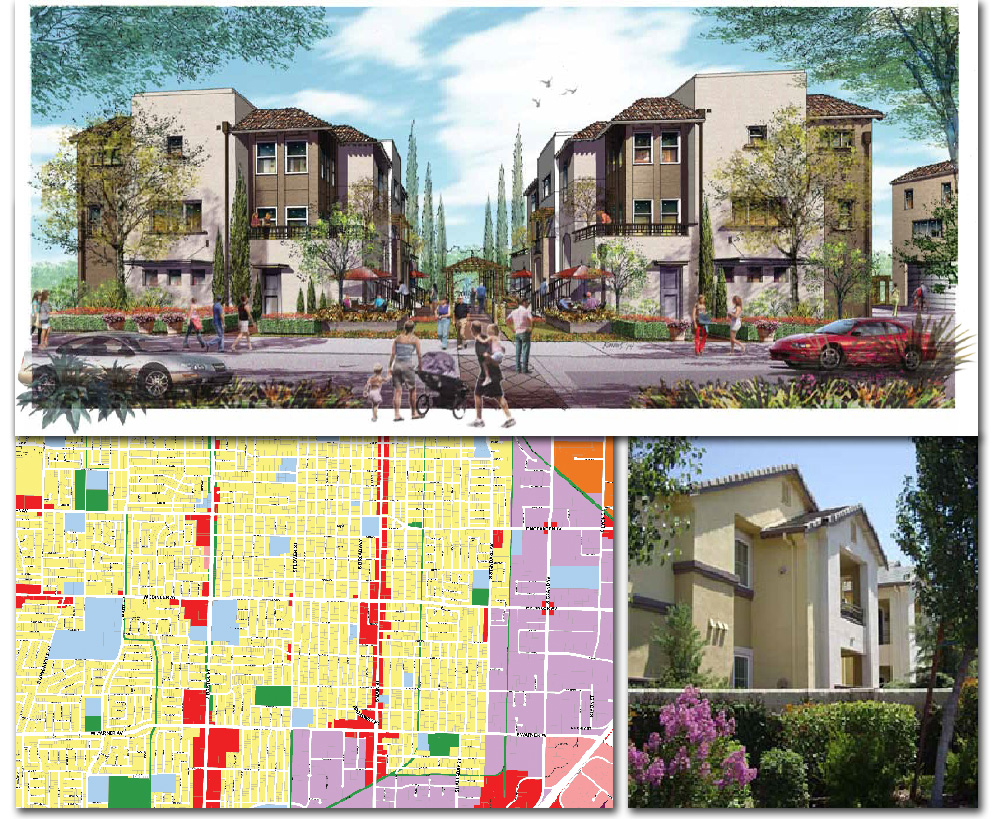
All property has an underlying or specific zone wherein the City or County has outlined in its General Plan for all zones within its jurisdiction. These zones indicate what the general, current, or future use of the land in a particular area will be. The purpose of this is to maintain continuity throughout the city while providing for the health, safety, morals, and general welfare of its residents. In short, it prevents things such as a steel mill from taking place in the middle of a neighborhood. Notwithstanding, the underlying or specific zone, and the General Plan zone, at any one time, may both be different.
General Plan:
A municipality’s General Plan is usually very broad and sets forth the long-range goals for future development. By law, California requires cities and counties to have in place policy documents describing their General Plan. As part of that requirement, the General Plan must accommodate the required amount of projected population growth the State of California estimates for each municipality.
Every General Plan in California must minimally set forth goals for Land Use, Circulation (Mobility), Housing, Conservation, Open Space, Noise, and Safety. Each of these requirements must be consistent with each other.
An important aspect of the General Plan is providing guidelines to be followed by the different departments within the municipality, including the Planning Commission and City Council.
Zoning:
Ordinances/Codes are used to implement the General Plan policies through detailed development regulations, such as specific types of uses and building requirements. Zoning implements the General Plan with greater specificity as to what can be built and where.
Zoning codes must be reasonable and bear a rational relationship to the objectives of the city while taking affirmative measures to provide housing for all. Municipalities have been given reasonable control over the private use of land from the state through enabling statutes for the protection of the health, safety, morals, and general welfare of its citizens.
Note:
The first example of zoning codes in the United States was created by Los Angeles in 1908 to create districts prohibiting “nuisance” uses from mixing with residences. Whereas the first comprehensive zoning code in the United States was in New York City to address concerns over the ever-increasing height of high-rise construction blocking light and air from the streets.
Please see our other related articles
Conditional Use Permits
How Zoning Code Effect’s Church Property Use
Legal nonconforming Use
Disclaimer: Every situation is different and particular facts may vary thereby changing or altering a possible course of action or conclusion. The information contained herein is intended to be general in nature as laws vary between federal, state, counties, and municipalities and therefore may not apply to any given matter. This information is not intended to be legal advice or relied upon as a legal opinion, course of action, accounting, tax, or other professional services. You should consult the proper legal or professional advisor knowledgeable in the area that pertains to your particular situation.
